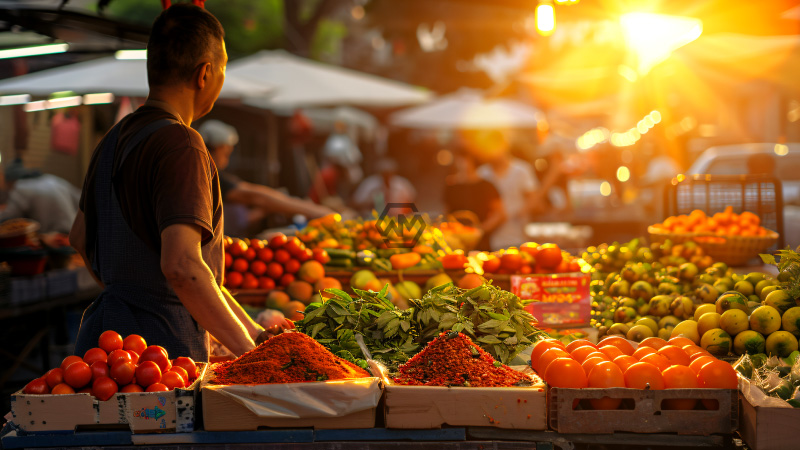- Heatwave Impact: Severe heatwaves have drastically reduced supplies of pulses, vegetables, and cereals, leading to sharp price increases.
- Monsoon Variability: Inconsistent rainfall and an 18% deficit have delayed summer crop planting, exacerbating food supply issues.
- Persistent Inflation: Food inflation remains high at 8% year-on-year, with significant increases in vegetables (28%), pulses (17%), and cereals (8.6%).
A severe heatwave in India has drastically reduced the supply of essential food items like pulses, vegetables, and cereals. With temperatures soaring 4-9 degrees Celsius above normal.
the summer harvest has been significantly strained, leading to sharp price increases across these categories. Despite efforts to curb food exports and lower import tariffs, supply constraints remain a major issue.
Heatwaves and Monsoon Deficits Drive Up Food Prices in India
The early arrival of the monsoon initially brought hope, but its inconsistent progress has resulted in an 18% rainfall deficit, delaying the planting of key summer crops. This has raised concerns about the cultivation of kharif crops such as paddy, pulses, and soybeans. While vegetable prices may decrease from August if rainfall improves, the prices for milk, cereals, and pulses are expected to stay high due to ongoing supply challenges.
Despite an early arrival, the monsoon has been inconsistent, resulting in an 18% rainfall deficit so far this season. This irregularity has delayed the planting of crucial summer crops, raising concerns about the cultivation of kharif crops like paddy, pulses, and soybeans.
Efforts to manage supply through export restrictions and lower import tariffs have had limited success in controlling food inflation. Food inflation has remained around 8% year-on-year since November 2023, with notable increases in vegetables (28%), pulses (17%), and cereals (8.6%), contributing to overall economic strain.
Experts believe vegetable prices might decrease from August if the monsoon revives as expected. However, the prices for milk, cereals, and pulses are likely to remain high due to persistent supply constraints and recent price hikes by major dairy suppliers.
While there is hope for a decrease in vegetable prices by August with improved monsoon conditions, the persistent supply constraints and recent price hikes in milk, cereals, and pulses suggest that food prices will remain elevated in the near term. Close monitoring of weather patterns and effective government interventions will be crucial to mitigate the impact of food inflation on the Indian economy.
“Despite efforts to curb food exports and lower import tariffs, the severe heatwave and inconsistent monsoon rains have significantly strained food supplies, leading to persistent high prices and contributing to the ongoing food inflation crisis in India.”



